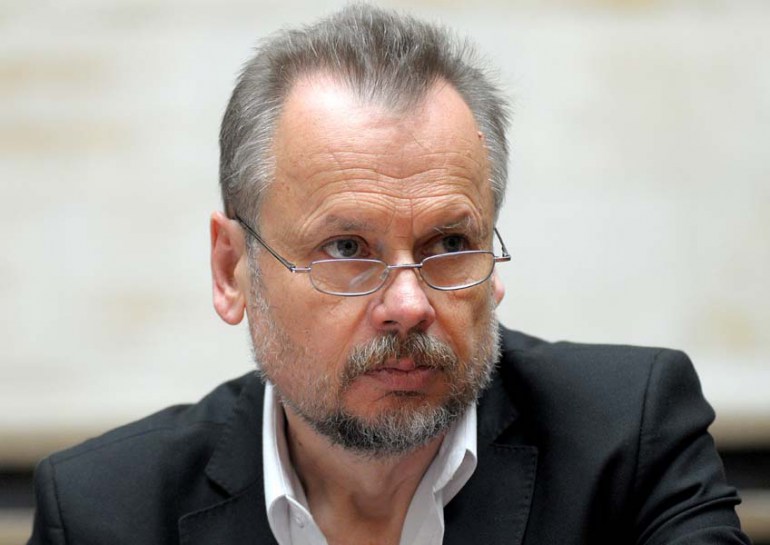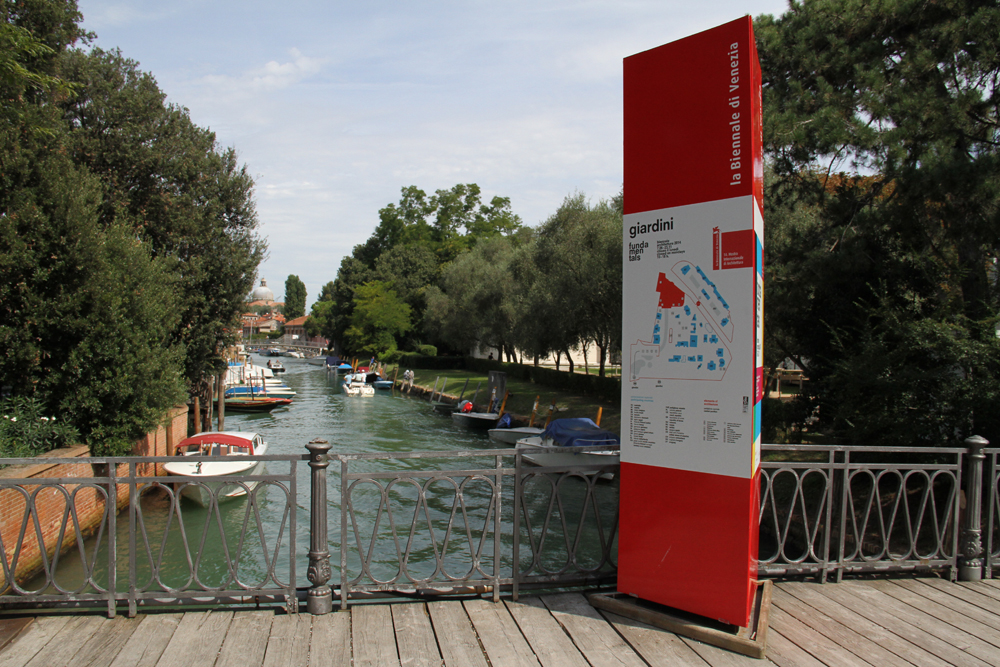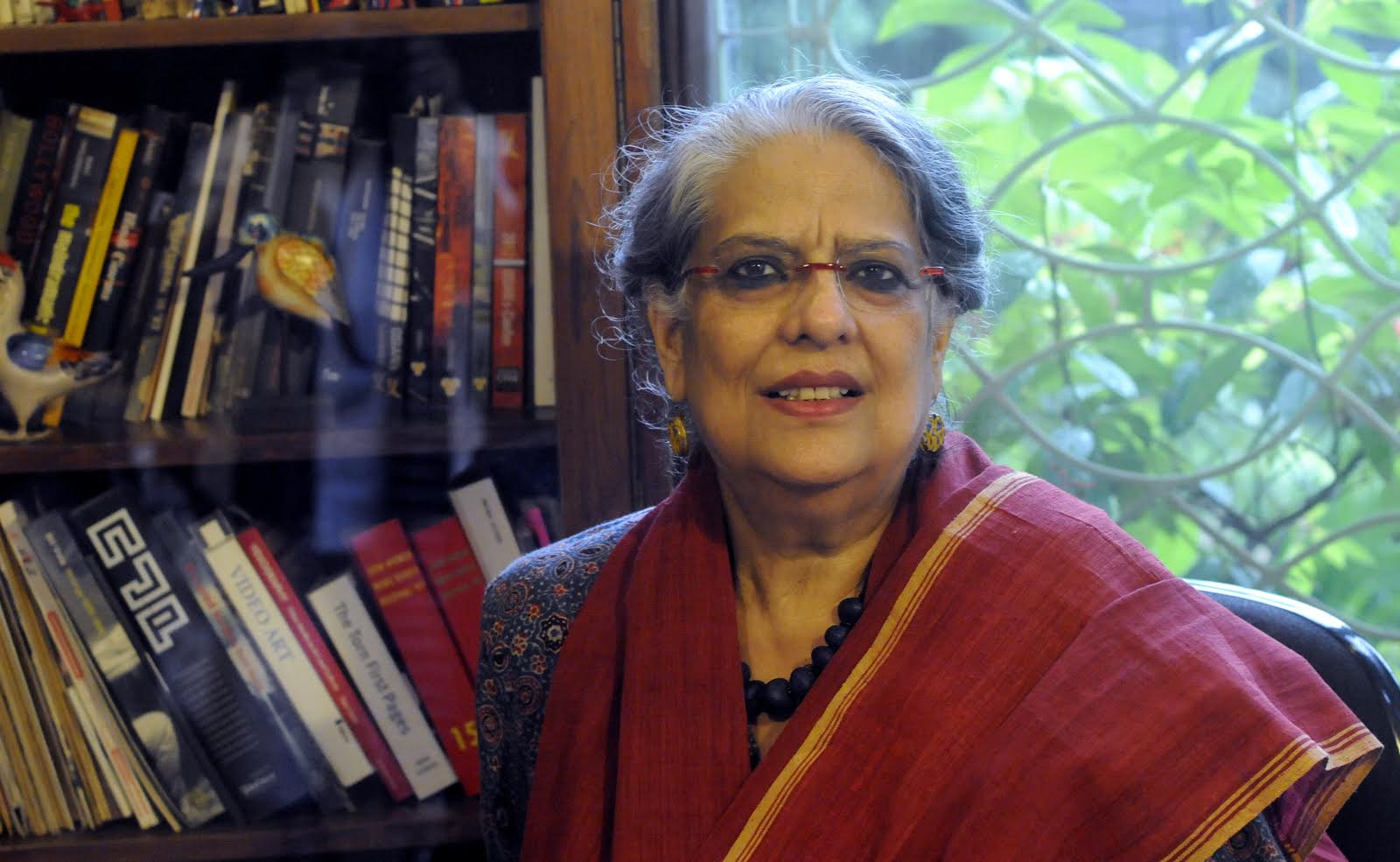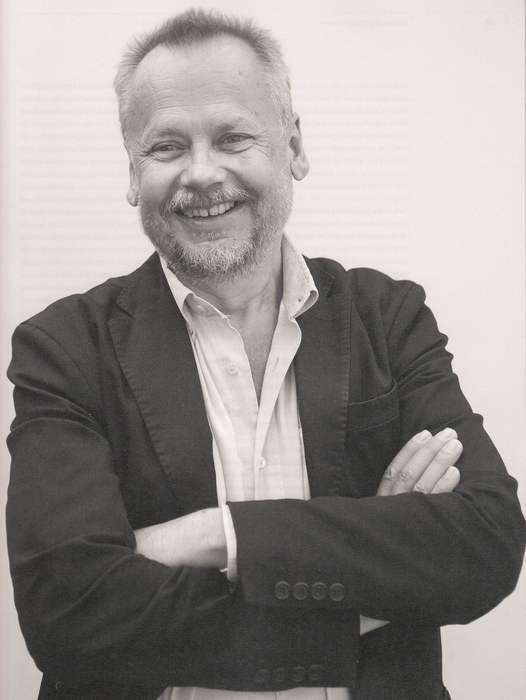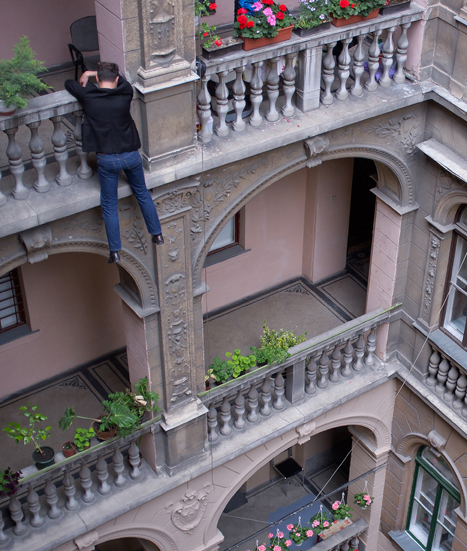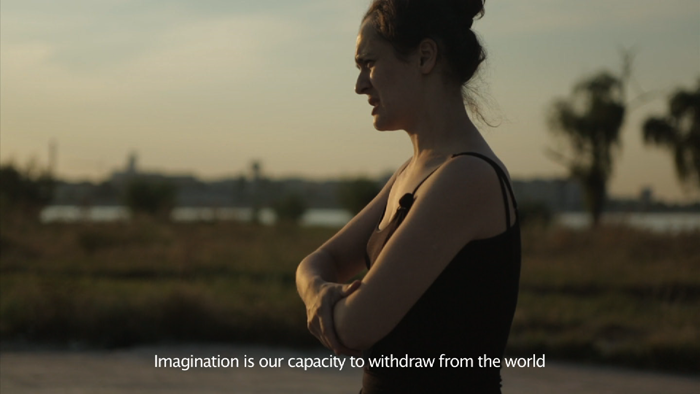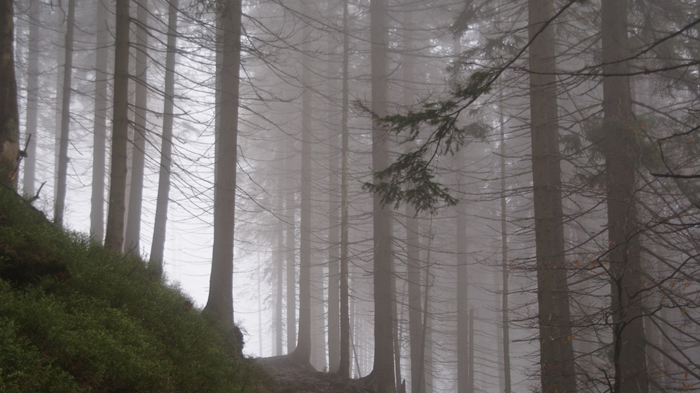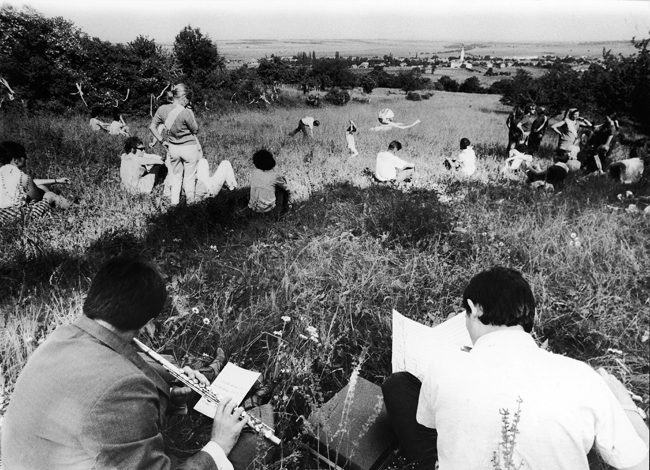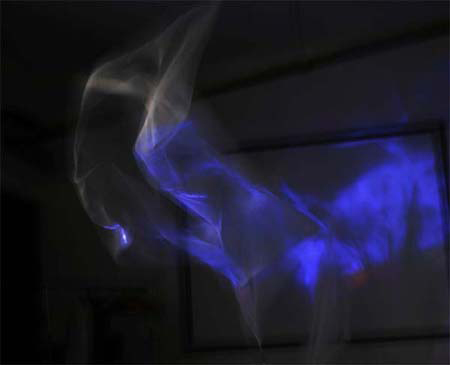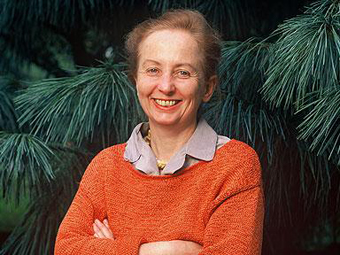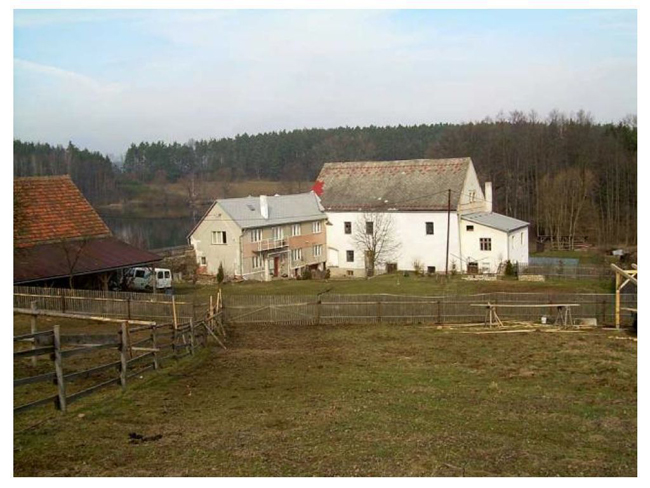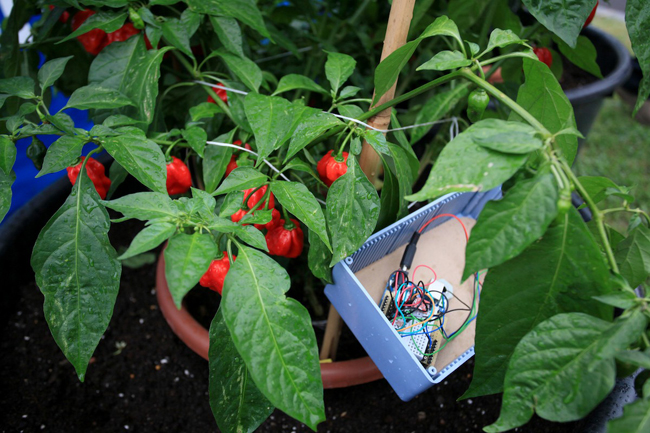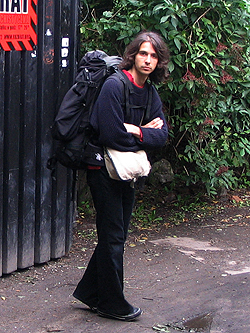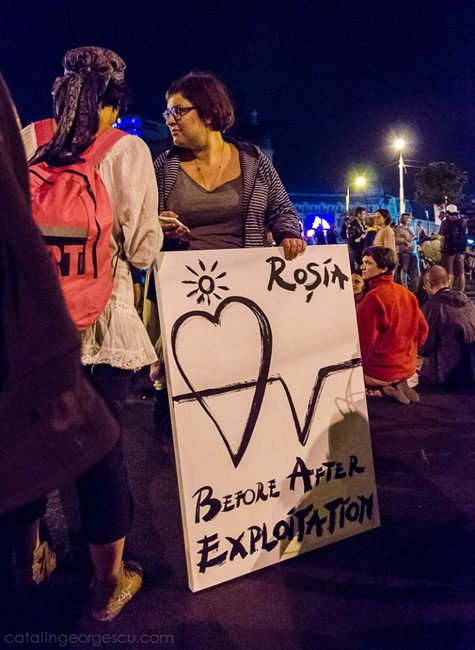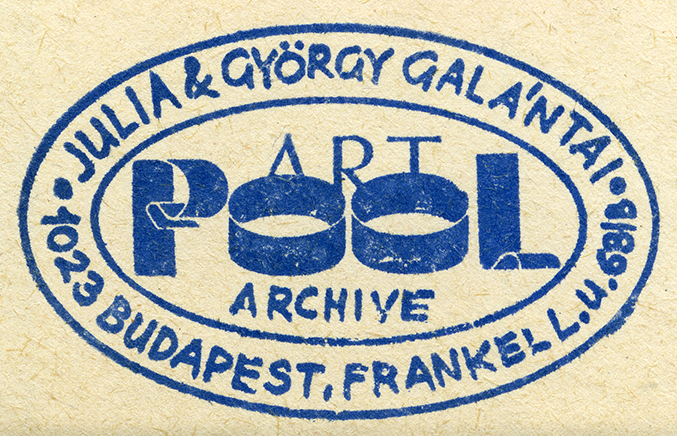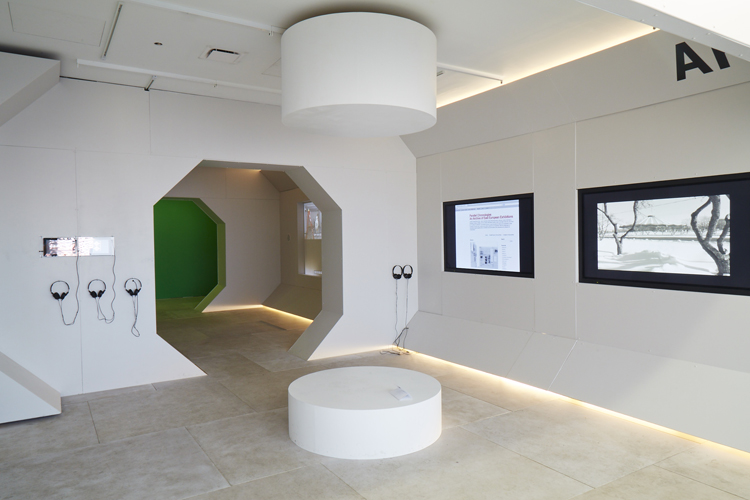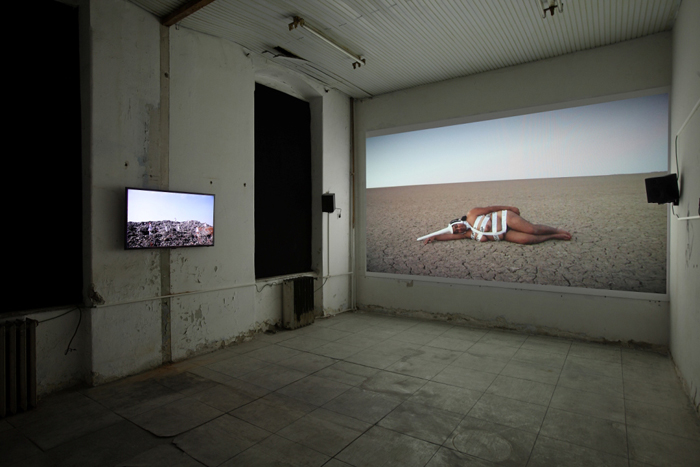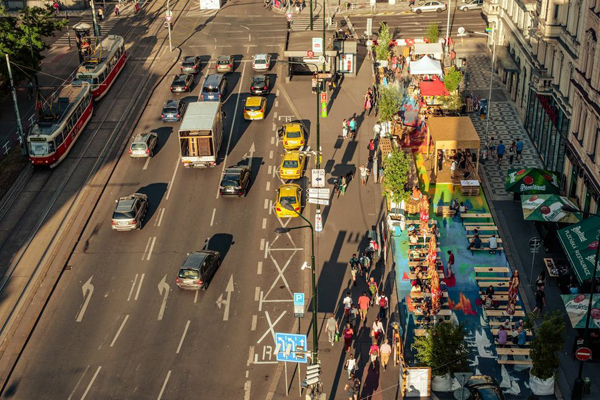Specters of Communism: Contemporary Russian Art, The James Gallery and e-flux, New York
SPECTERS OF COMMUNISM: CONTEMPORARY RUSSIAN ART, THE JAMES GALLERY AND E-FLUX, NEW YORK, FEBRUARY 7-MARCH 28, 2015
In 1961, Nikita Khrushchev famously announced that communism would be achieved in the Soviet Union by 1980. As a result, the nation lived in a perpetual state of the future-perfect tense, aiming for an expected or planned event that was to happen before a certain point in time. Unfortunately, Khrushchev never lived to see that day—nor did anyone else. The realization of true communism was a failure, and because it was abandoned as incomplete, its potentiality still remains, thus making it a tempting … Read more


